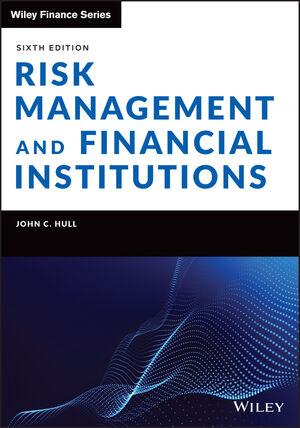Question
The housing board of a newly planned town anticipates that over the next 12 years, 7,000 new residents will move in each year. In addition
The housing board of a newly planned town anticipates that over the next 12 years, 7,000 new residents will move in each year. In addition to the effect of new residents moving in, the board anticipates that each year the towns population (i.e., whoever has been living there for the entirety of that year) will grow at a rate of 1.5%, due to the ordinary population changes resulting from births and deaths. Assume that whenever new residents move in they do so at the end of the year, and dont start reproducing until the following year. a. Why can this population growth scenario be considered an ordinary annuity? b. Calculate snigh or !|!, the annuity factor, for this scenario.
c. Use the annuity factor from part b to calculate the population after 12 years of growth.
Step by Step Solution
There are 3 Steps involved in it
Step: 1

Get Instant Access to Expert-Tailored Solutions
See step-by-step solutions with expert insights and AI powered tools for academic success
Step: 2

Step: 3

Ace Your Homework with AI
Get the answers you need in no time with our AI-driven, step-by-step assistance
Get Started


